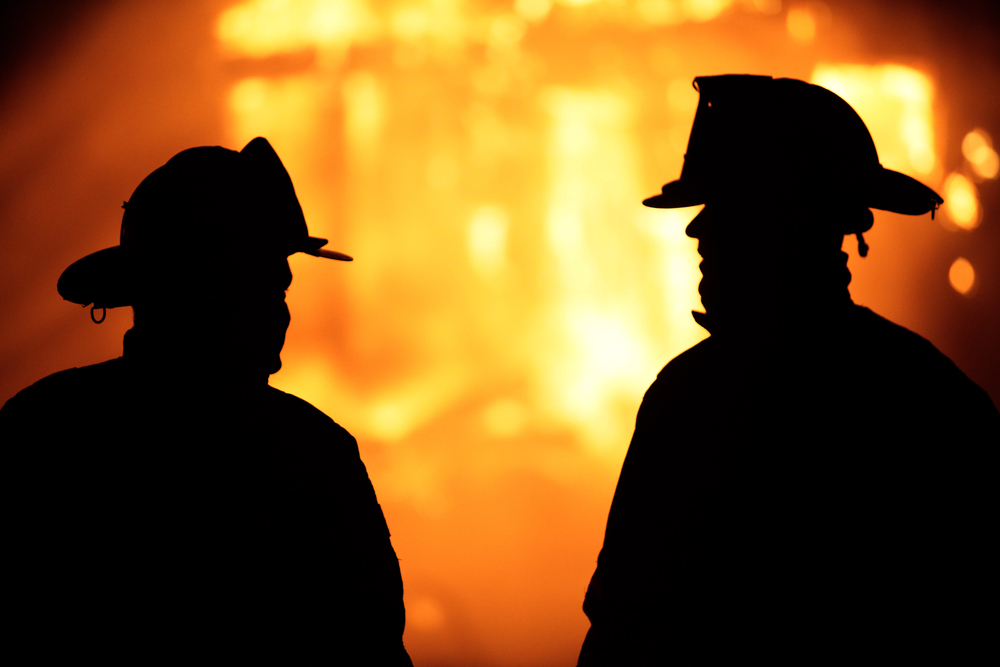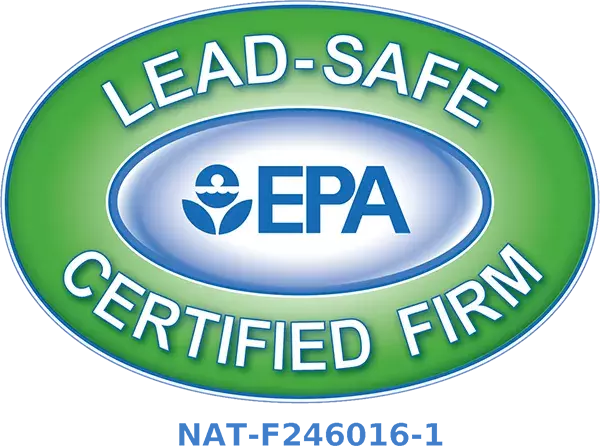If you have recently experienced fire damage to your property, it may feel overwhelming trying to figure out what you need to do next.
Restoring your property after it has been damaged by fire can be formidable and costly, but the good news is that you don’t have to do it alone.
One of the best ways to help get through this difficult time is to work with a team of experts who will guide you through the restoration process every step of the way.
Here are some helpful tips to keep in mind if you’re currently dealing with fire damage at your property or preparing to hire fire damage restoration services.
Assessment of Property Damage
The first step in the fire damage restoration process is assessing the property damage. This will help determine the extent of the damage and what needs to be done to restore the property. The next step is to remove any damaged or charred materials. This may include removing drywall, insulation, flooring, and ceiling tiles.
Preservation of Any Salvageable Items After the Fire
Once all the damaged materials have been removed, the next step is to preserve any salvageable items. This will help remove any soot or smoke residue that may be present. Once this step is done, you can go ahead with the clean-up. This usually starts with a thorough cleaning, followed by repairing and replacing damaged items. The goal is to get your home or business back to its pre-fire condition as quickly as possible.
Many repairs may need to be made depending on how bad of a fire you experienced. The professionals should remove all potentially damaged items from your home or business and put them in a safe place for repair or disposal.
Clean-Up and Restoration
The next step is cleaning any smoke and residue left over, and removing any water damage with dehumidifiers. After that, specialists can begin restoring your building to its pre-fire condition. This includes placing new flooring, cabinets, doors, and other fixtures where they belong.
The restoration process will depend on whether there was damage from smoke or water. There will be a lot of scrubbing and deodorizing if there is extensive smoke damage. After that comes cleaning and disinfecting.
If it’s primarily water damage, then drying out will be key. Drying out is best done with dehumidifiers to remove as much moisture as possible before repairs are made. And once all that is complete, any debris can be removed before repairs start.
While it may be tempting to do so yourself, the emotional toll of going through your things and trying to salvage whatever possible may be too much to handle. Furthermore, there may be hazards present. Therefore, we recommend consulting with and hiring professionals to help get the job done right.


